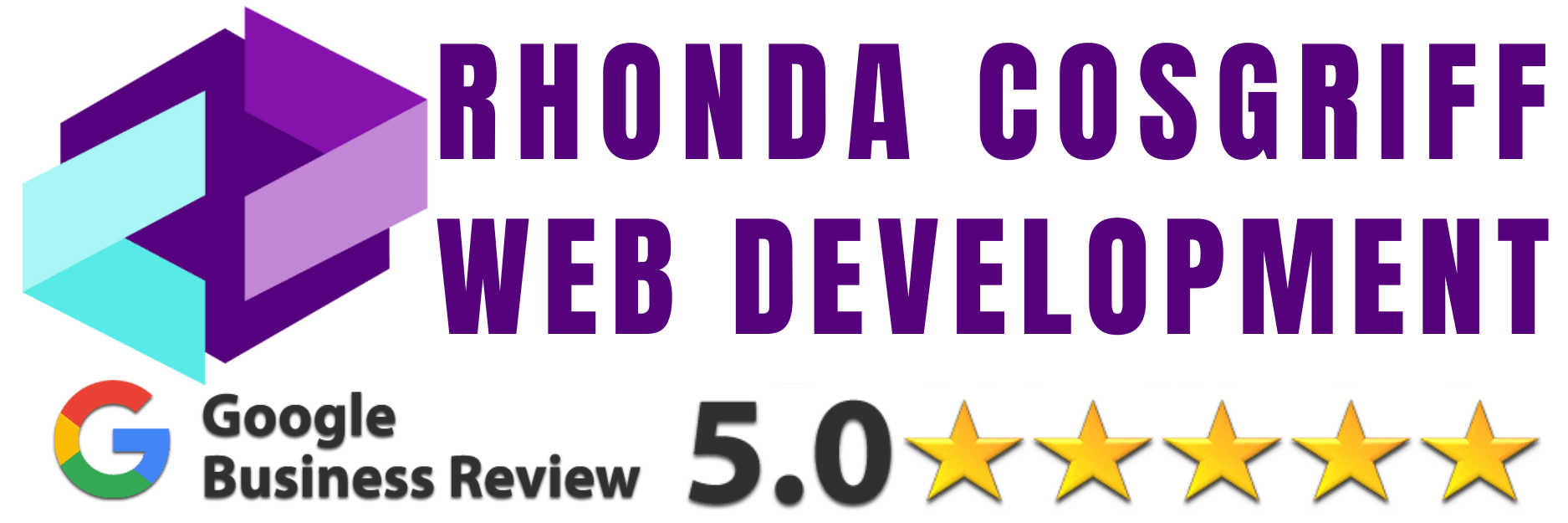Page Speed Optimization
Page speed optimization is the process of improving the loading time and overall performance of web pages. Faster-loading pages lead to a better user experience, increased user engagement, and improved search engine rankings. There are various techniques and best practices that can be employed to optimize page speed, ensuring that visitors can access content quickly and efficiently.
1. Minimizing HTTP Requests
Reducing the number of HTTP requests made by a web page is one of the most effective ways to improve page speed. Each element on a webpage, such as images, CSS files, and JavaScript files, requires a separate HTTP request. By minimizing the number of these requests, the page can load faster.
2. Browser Caching
Browser caching allows web browsers to store certain resources from a website locally on a user’s device. When the user revisits the same page, the browser can retrieve the cached resources instead of downloading them again. This significantly reduces load times for returning visitors.
3. Gzip Compression
Gzip compression is a technique that reduces the size of files sent from the server to the client’s browser. By compressing resources like HTML, CSS, and JavaScript, the amount of data that needs to be transferred is minimized, resulting in faster loading times.
4. Image Formats and Compression
Optimizing image formats and compressing images are essential for improving page speed. Choosing the right image format (e.g., JPEG, PNG, WebP) based on the content and compressing images without compromising quality significantly reduces image file sizes.
5. Code Minification
Code minification involves removing unnecessary characters, whitespace, and comments from CSS, JavaScript, and HTML files. Smaller file sizes result in quicker downloads, contributing to faster page loading times.
Best Practices for Page Speed Optimization
- Use Content Delivery Networks (CDNs): CDNs distribute website content across multiple servers globally, reducing latency and improving load times for users in different regions.
- Optimize CSS and JavaScript: Minify and bundle CSS and JavaScript files to reduce the number of HTTP requests and improve loading speed.
- Prioritize Above-the-Fold Content: Load critical, above-the-fold content first to ensure that users see the most important part of the page quickly.
- Eliminate Render-Blocking Resources: Identify and eliminate or defer render-blocking resources that prevent the page from loading quickly.
- Enable Compression: Enable Gzip or Brotli compression on the server to reduce the size of transferred data.
- Leverage Browser Caching: Set appropriate caching headers to allow browsers to cache resources and serve them from the local cache upon revisiting.
- Monitor and Optimize Performance Regularly: Continuously monitor page speed using tools like PageSpeed Insights and Lighthouse, and implement improvements as needed.
Conclusion
Page speed optimization is a critical aspect of web development that directly impacts user experience and search engine rankings. By employing techniques such as minimizing HTTP requests, leveraging browser caching, enabling gzip compression, optimizing images and code, and following best practices, web developers can significantly improve page loading times, resulting in happier users and better website performance. Regular monitoring and optimization are essential to maintain fast and efficient page speed over time.










